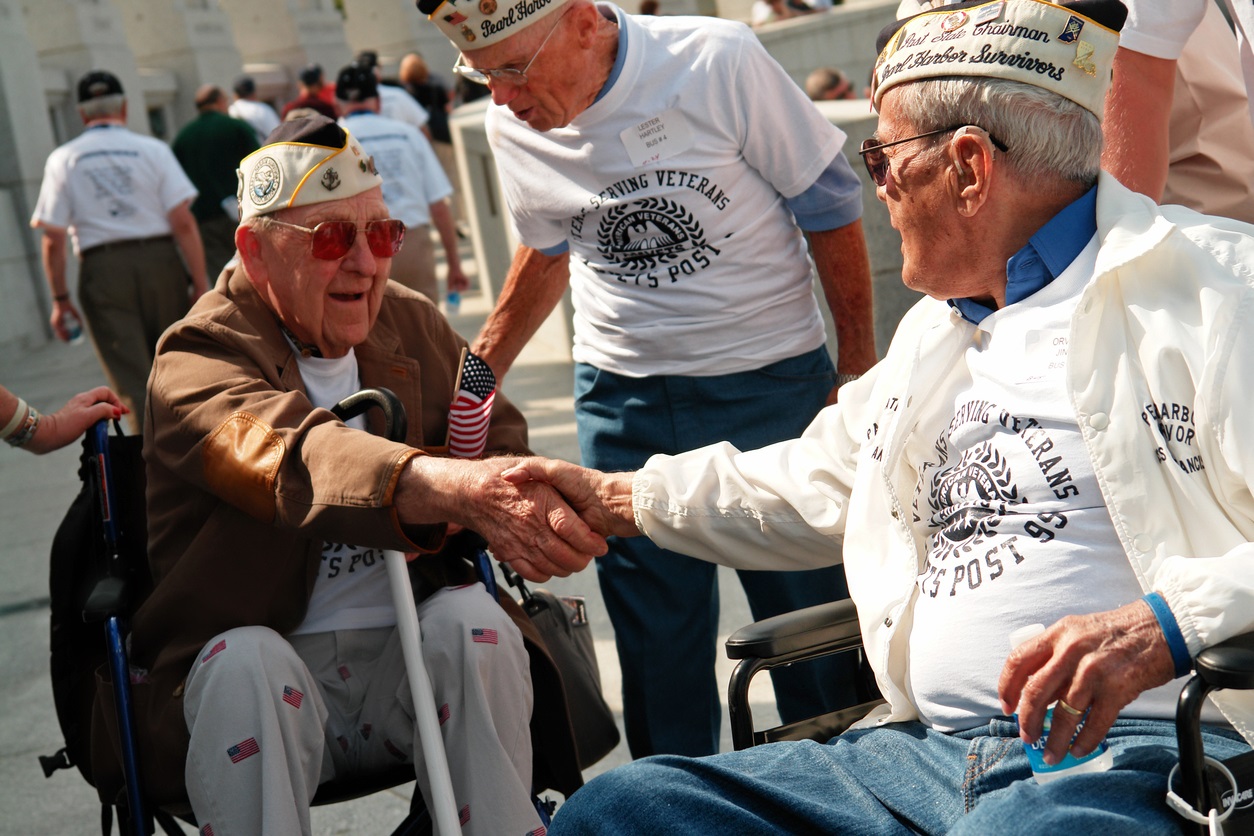AARP Hearing Center
Promising Practices to Support Community Living For Veterans
By Susan Reinhard, Wendy Fox-Grage, November 8, 2017 10:41 AM

Veterans Day provides an opportunity for all of us to thank our military veterans for their service. This time of year is also an appropriate time to increase our awareness of some of the challenges our veterans face. The AARP Public Policy Institute (PPI) wants to ensure that our nation’s veterans get the long-term services and supports (LTSS) they need, and do so while remaining in their own communities.
As the veteran population ages, the need for these services continues to increase. Almost 20 percent of people (and 42 percent of men) 65 and older are veterans, and nearly one-third of veterans live with disabilities, according to the U.S. Department of Veteran Affairs. Hence, the urgency to ensure that they receive information on available services—both as older individuals and as veterans—is critical.
The 2017 LTSS State Scorecard is a report and interactive tool that measures state performance for creating a high-quality system of care in order to drive progress toward improvement in services for older adults and people with physical disabilities, and their family caregivers. As part of the Scorecard project, we are producing a set of “Promising Practice” reports that share information on initiatives around the country from which other states and organizations can learn. As we approach Veterans Day, we’re pleased to announce the release of the fourth such report, “No Wrong Door: Supporting Community Living for Veterans.”
One practice the report highlights is the Veteran-Directed Home- and Community-Based Services (VD-HCBS) program, initiated in 2008 to provide veterans with greater choice and control over their LTSS—specifically to enable them to live in their communities. The program, which has served 6,570 veterans since its inception, operates in 34 states, the District of Columbia, and Puerto Rico. What makes this particularly timely is that the VHA Office of Geriatrics and Extended Care, which runs the program, has announced plans for a national rollout over the next three years. This translates to an expansion of community services for veterans. We view this as a tremendous opportunity for the entire No Wrong Door system to understand the benefits of these services so that agencies can inform veterans and their families.
The VD-HCBS program, which enables vets to manage a flexible service budget and hire family, friends, and neighbors to provide care, has helped a number of participating programs lower hospital-related costs. For example, in Missouri, the VA St. Louis Health Care System documented its success in reducing emergency room visits, hospital admissions, and bed days of care as a result of the flexible spending budgets provided through VD-HCBS.
Our Promising Practice reports are here to accelerate change and improvement, and so states don’t have to reinvent the wheel. The reports include toolkits featuring resources and contacts allowing for idea sharing and possible replication.
As we release “No Wrong Door: Supporting Community Living for Veterans,” we thank and salute our veterans.































































